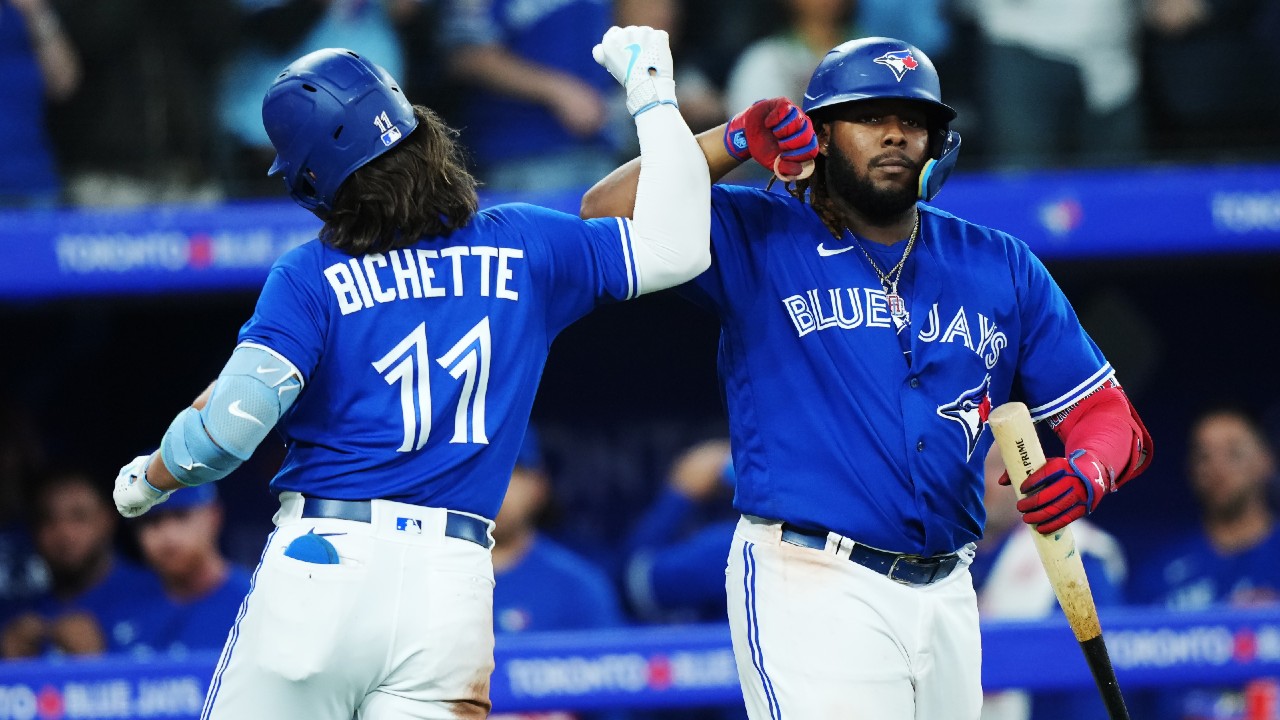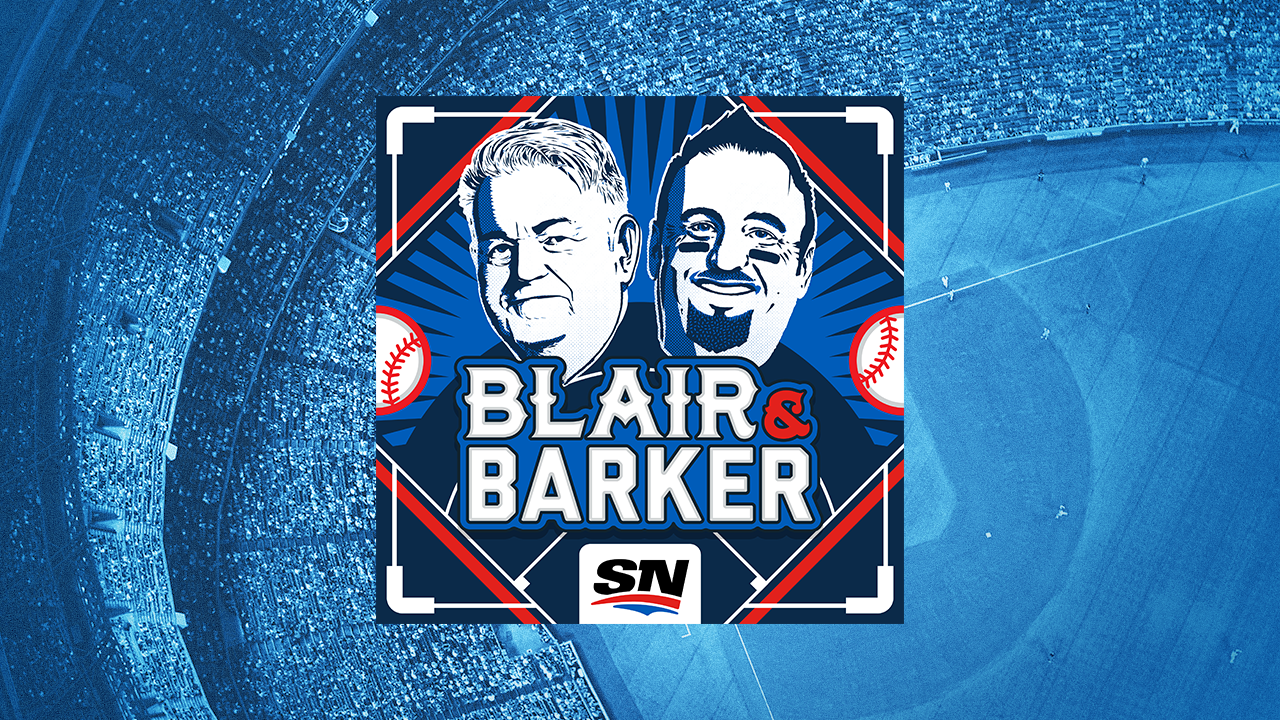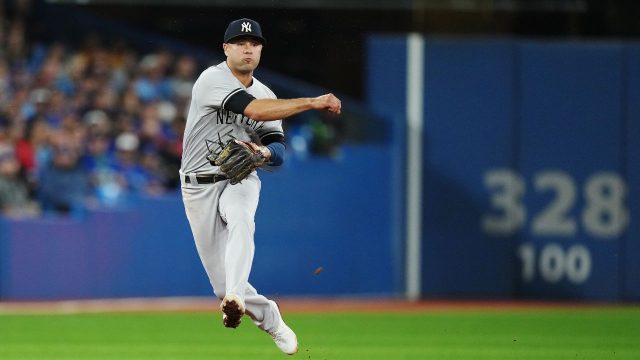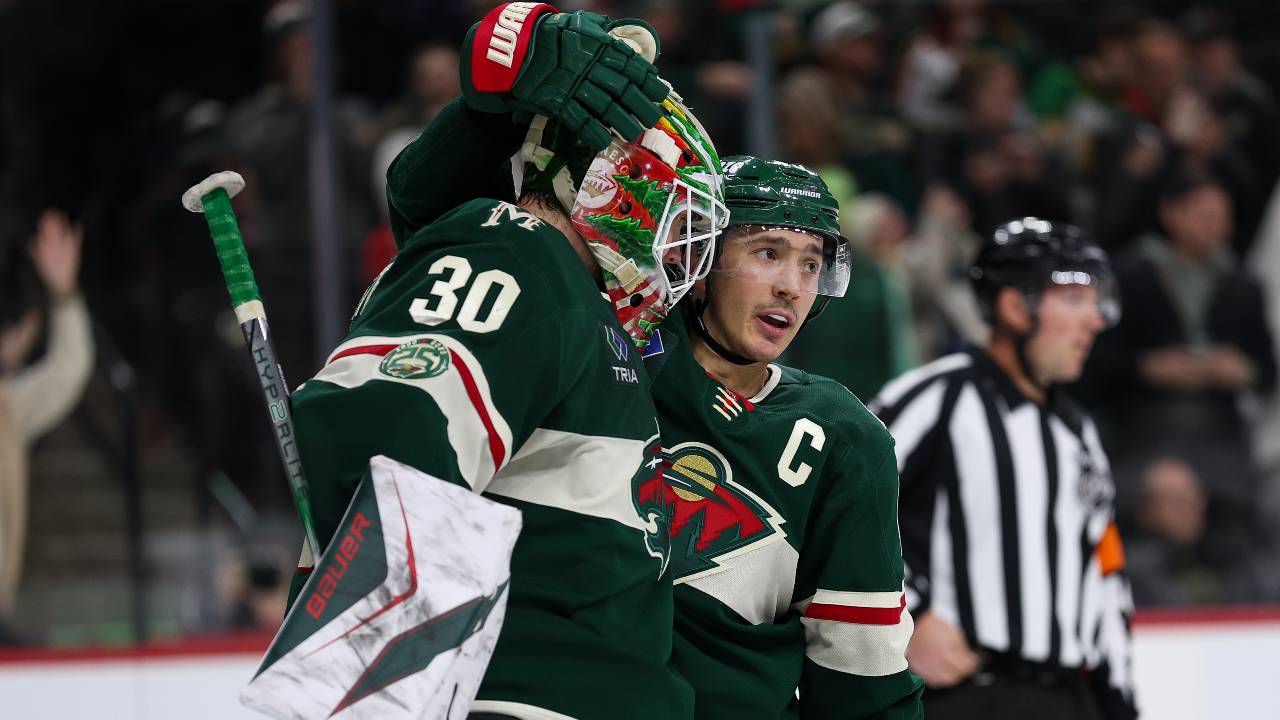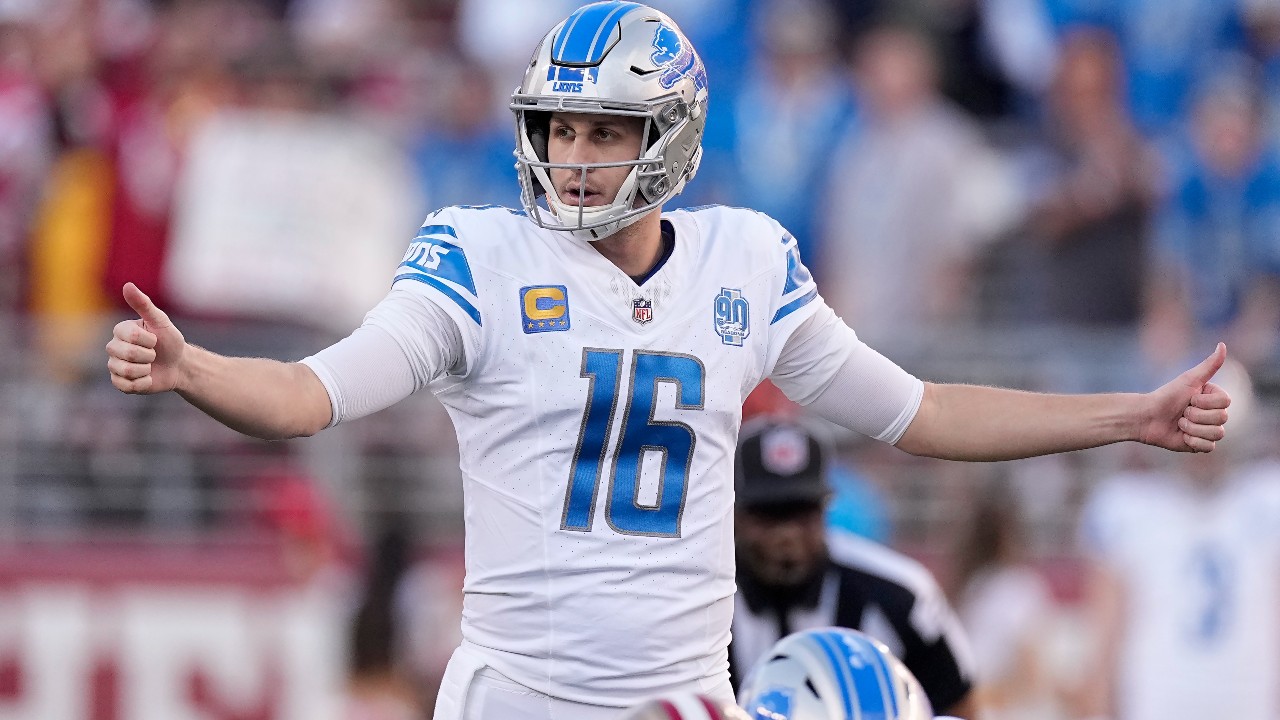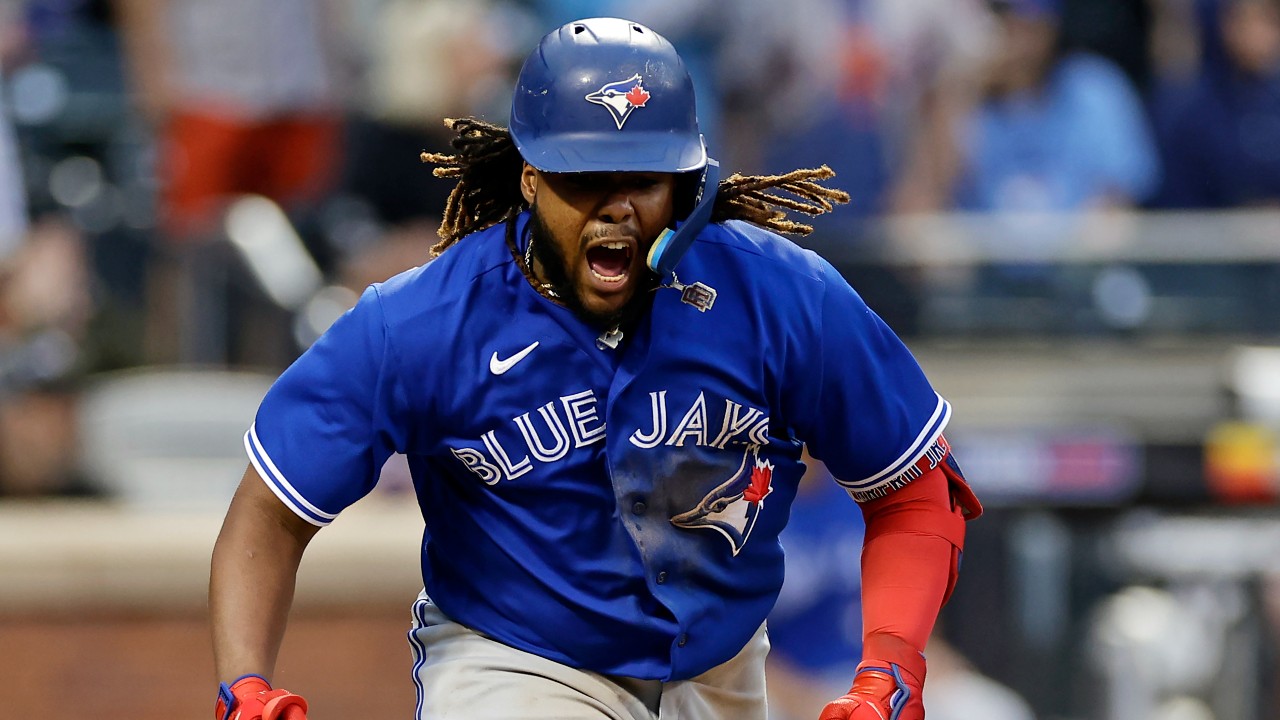
TORONTO — Relax. The baseball world didn’t end this month and if someone says otherwise, tell them to go back to watching the NFL, NBA or NHL.
That doesn’t mean it doesn’t kind of suck to be a fan of the Toronto Blue Jays right now. Once you’ve lusted after the Shohei Ohtani pursuit, it’s a bit of an ask to get worked up about Kevin Kiermaier’s return and Isiah Kiner-Falefa’s arrival. Yet, there’s solace to be found because when it comes to Ohtani, it sucked to be 29 of the 30 major league franchises.
Want more? Despite the billion-dollar signings of Ohtani and Yoshinobu Yamamoto by the Los Angeles Dodgers, you could still do worse than take the field if you want a flutter on the 2024 World Series winner.
It seems odd yet it’s true: the one major North American sports league without a distinct salary cap or floor enjoys the most competitive balance. As Jeff Passan of ESPN noted, 14 different teams have advanced to the World Series in the last decade, producing nine different champions — more than any major North American league. Over the past 25 years, only the NHL has had a higher percentage of its franchises advance to the Stanley Cup Final.
Further, less than a third of the last 14 World Series winners — four, to be exact — have been in the top five in payroll. The only repeat World Series winners in the last decade — the 2017 and 2022 Houston Astros — were 17th and ninth, respectively, during those seasons. Going back to 2010, the franchise with the most World Series titles, the San Francisco Giants, were 11th, sixth and seventh, respectively, in winning in 2010, 2012 and 2014. The Dodgers, since we’re focused on them, have had the highest payroll in baseball in five of the last 10 years with one World Series win in three visits — that one coming with an asterisk because of the pandemic.
I mean, you could keep going on and on. The New York Yankees added Juan Soto this off-season and are projected by Spotrac to have a $273-million payroll that could be even more than the Dodgers. Yawn. The Yankees have had either the first- or second-highest payroll in the game nine times since 2011 and haven’t managed to reach the World Series, let alone win it. In fact, since the last win by their dynastic Core Four (2000), the Yankees have had the highest payroll in the game on 14 occasions and advanced to the World Series three times, winning in 2009.
Is it good for baseball that the Dodgers are deferring their way to super-team status? I mean, in terms of marketing and merchandise, it would be better if Ohtani was playing for a big team in an Eastern time zone. Sorry, folks, ideally he’d be with the Yankees. In the meantime, the real best thing for baseball is for Ohtani to stay healthy, sell tickets and merch … and go out with the rest of his team in the National League Division Series.
—–
Although Ohtani’s free agency was the dominant story throughout the 2023 season, at least as significant was the way the game stopped apologizing for itself.
And while nobody much feels like giving the commissioner’s office credit for anything, it’s impossible not to look at the current officeholder, Rob Manfred, as being a hugely transformative figure.
Manfred’s office initiated a wide range of rules changes — including the implementation of a pitch clock, restricting defensive shifting, limiting mound visits and pickoff throws, increasing the size of bases, and allowing pitchers, catchers and fielders to communicate electronically. The idea? Cut into the downtime in a naturally sedentary sport and take steps toward increasing action and athleticism.
The result?
Pleasing. The average time of a nine-inning game fell to two hours, 40 minutes — 24 minutes faster than 2022 and the lowest mark since 1985. Just nine games took more than three-and-a-half hours to complete, compared to 231 in 2022 and 390 in 2021. Stolen-base attempts and success rates were up. Lefty hitters found more holes. Players still homered. The Oakland Athletics still stunk and the Arizona Diamondbacks rode the game’s seventh-lowest payroll to the World Series. Managers were still ejected. Players adapted.
Chuffed by the success of rules changes (and with control of the game’s rules committee), Manfred is further reducing from 20 seconds to 18 the time between pitches with men on base in 2024 — spurred, it seems, by the fact it took eight minutes longer to complete games in September than in April — and imposing more restrictions on relievers and widening basepaths to clarify a still-hazy area of adjudication.
Fans didn’t seem to mind. Attendance increased 9.6 per cent to just under 71 million in 2023, breaching the 70-million mark for the first time since 2017. Only four clubs failed to show attendance increases, and for the first time in 10 years, eight teams drew over three million spectators, including the Blue Jays. The next step in the game’s on-field evolution will be a challenge system for balls and strikes and, ultimately, you’d think, a more fully integrated electronic strike zone that will turn the home plate umpire into a conduit as opposed to an arbiter.
There are still issues, of course, although the most pressing — the implosion of the U.S. regional sports network landscape — isn’t self-inflicted and seems likely to be mitigated through some new media arrangement. Beyond that, MLB needs to be vigilant about timely responses to mental health issues and domestic violence while increasing its work toward inclusivity. What doesn’t get talked about — but is something of concern at the highest levels — is policing potential player involvement in legalized sports gaming. Don’t think Manfred doesn’t have memories of those Congressional hearings resulting from the game’s steroid scandal.
Off the field, the minor leagues and minor leaguers have been mostly brought to heel. The Tampa Bay Rays appear on their way to finally getting a new ballpark, and as 2023 ended the biggest flashpoint seemed to be whether they will remain the Tampa Bay or St. Petersburg Rays. The Baltimore Orioles and Washington Nationals took steps toward resolving their long-running TV dispute, and the Orioles signed a deal with the state of Maryland, securing their future at a time when both they and the Nationals are talking to prospective owners.
As for the Oakland A’s move to Las Vegas? It’s heart-wrenching, and it appears as if the A’s will be baseball’s version of the Arizona Coyotes in the interim. But let’s be clear: there was not enough political will in Oakland to get a new ballpark. Indeed, you’d have to go back to the dying days of the Montreal Expos to see a civic ground game similarly unable to get out of its own way.
It was long past time for baseball to move on from Oakland and focus on expansion and re-alignment. So, keep an eye on sales and purchases of franchises in 2024 — and by all means, let’s pop the corks if Jerry Reinsdorf sells the Chicago White Sox and exits the game — because franchise value will always be the determinant of any league’s strength and whether the game really is in a good place.
—–
Here in grumbly Toronto, it does no good talking about where the game is, any more than there’s good in reminding people that there was a time in the bad old days of Belgian beer ownership when the only thing more laughable than the notion of the Blue Jays running a luxury tax payroll was ownership footing the bill for almost half-a-billion dollars of ballpark renovations.
This is an off-season of raw emotion, after all. Another limp post-season exit in the fourth full year of Vladdy and Bo, followed by a messy, soul-crushing dissection of in-game decision-making that raised serious issues about the unity of the Blue Jays’ brain trust. Toss in the Ohtani tease and the still-murky pivot-to-be and whatever hints can be gleaned from re-signing Kiermaier and, well, the swagger of 2015-16 feels almost as far gone as the 1992-93 World Series used to feel.
We’ve gone from “Touch ’em all, Joe” to the bat flip to “Geezus, Barker, is that really Kikuchi warming up?”
The 2023 Blue Jays received the type of starting pitching teams need to succeed, even with whatever that was that happened to Alek Manoah. They were also unusually healthy, with George Springer playing in more than 140 games for the first time since 2016, Vladimir Guerrero Jr. posting up for 156 and four starting pitchers recording 180-plus strikeouts and over 170 innings pitched. They were solidly upper-tier in several defensive metrics.
Yet, the Blue Jays won three fewer regular-season games and were playoff roadkill because they were just a shade above mediocre offensively and because Guerrero and Bo Bichette … well, God bless them, but they were no-shows yet again in the post-season.
And while it pains me to say this, the Blue Jays became oddly dull along the way, especially at the Rogers Centre, where we all started counting hot dogs instead of home runs.
And now here they are with the calendar about to flip to 2024, with a great deal of heavy lifting remaining just to get back to where they were last season. Ohtani is off the board and Soto has been traded to the Yankees. The Blue Jays were “said” to be in on Cody Bellinger, arguably the most impactful free agent available, and they would seem to have something between $30 million to $40 million to spend on new acquisitions, but you have to wonder whether the signing of Kiermaier to play centre field — Bellinger’s likely position — means the Blue Jays have decided they need to get on with their off-season without waiting for Bellinger and his agent, Scott Boras.
I’m OK with that because Bellinger’s exalted status owes more to the weakness of this free-agent class than his brilliance. Unlike Ohtani, he’s just not good enough to put everything else on hold.
But could he convince fence-sitters to cough up for those new, swanky, premium seating contracts that are the final piece of the Rogers Centre renovations? Maybe. Is there a trade out there that would do it? Luis Robert? Pete Alonso? Maybe.
Of course, this would have been less of a talking point were it not for that stupid post-season. In the Blue Jays’ perfect world, a nice little playoff run would have built on the critical success of 2023’s renovations to make the new premium seats the place to be in a ballpark that is the place to be regardless of who is wearing the jersey alongside Vladdy and Bo.
So, yes, it all feels a little unnerving right now because with just two years remaining before Guerrero and Bichette hit free agency, the organization must, out of necessity, start thinking about the next window. It’s not entirely similar to where the Washington Nationals found themselves in 2022 with Soto — they’d won a World Series with him, and he had three years as opposed to two remaining before free agency — but what if instead of milking as much service time as possible out of the two, the Blue Jays elect to move one of them in return for a package of somebody’s top two or three prospects and a dash of major league-ready talent? What if general manager Ross Atkins (under contract through 2026) and president/CEO Mark Shapiro (signed through 2025) quietly decide that creating a new competitive window is the way to go?
I mean, payroll hasn’t been an issue in these parts for years and you’d think by now that the Blue Jays know whether they have a chance of buying out a couple of years of free agency. The template seems to be there with Bichette, who signed a contract last winter covering his final three years of salary arbitration. Guerrero, on the other hand, never seems to have come close to a multi-year deal, but he’s also never gone to salary arbitration with the team. Either both sides are happy or they’re reluctant to commit or, well, they just don’t care because they believe they’ll ultimately be better off without each other. Or, maybe, that’s where some of the available money goes. A move with either player would, I think, sit well … but again, what exactly have the Blue Jays won with them?
You’re right: in the meantime, it’s just easier to avoid that muddy path. The guts of the thing are secure, with Springer and Kevin Gausman here through 2026 and Jose Berrios under contract until 2028, with an opt-out after 2026. None of those deals are particularly onerous, and based on all available evidence, none of them should prevent ownership from backing its front office.
That’s not how it used to be in these parts, but you don’t want to hear that either, right? And that’s OK. I get you. The game is better than it’s been for some time and still holds out the kind of hope no other league can offer, but here we are — digging out from under Sho Time and staring at a crossroads or a tipping point or abyss or whatever it is on the horizon. The oddest, most unnerving hope we’ve felt in some time. Who’d be a fan, eh?
Jeff Blair hosts The Blair & Barker podcast with Kevin Barker.


